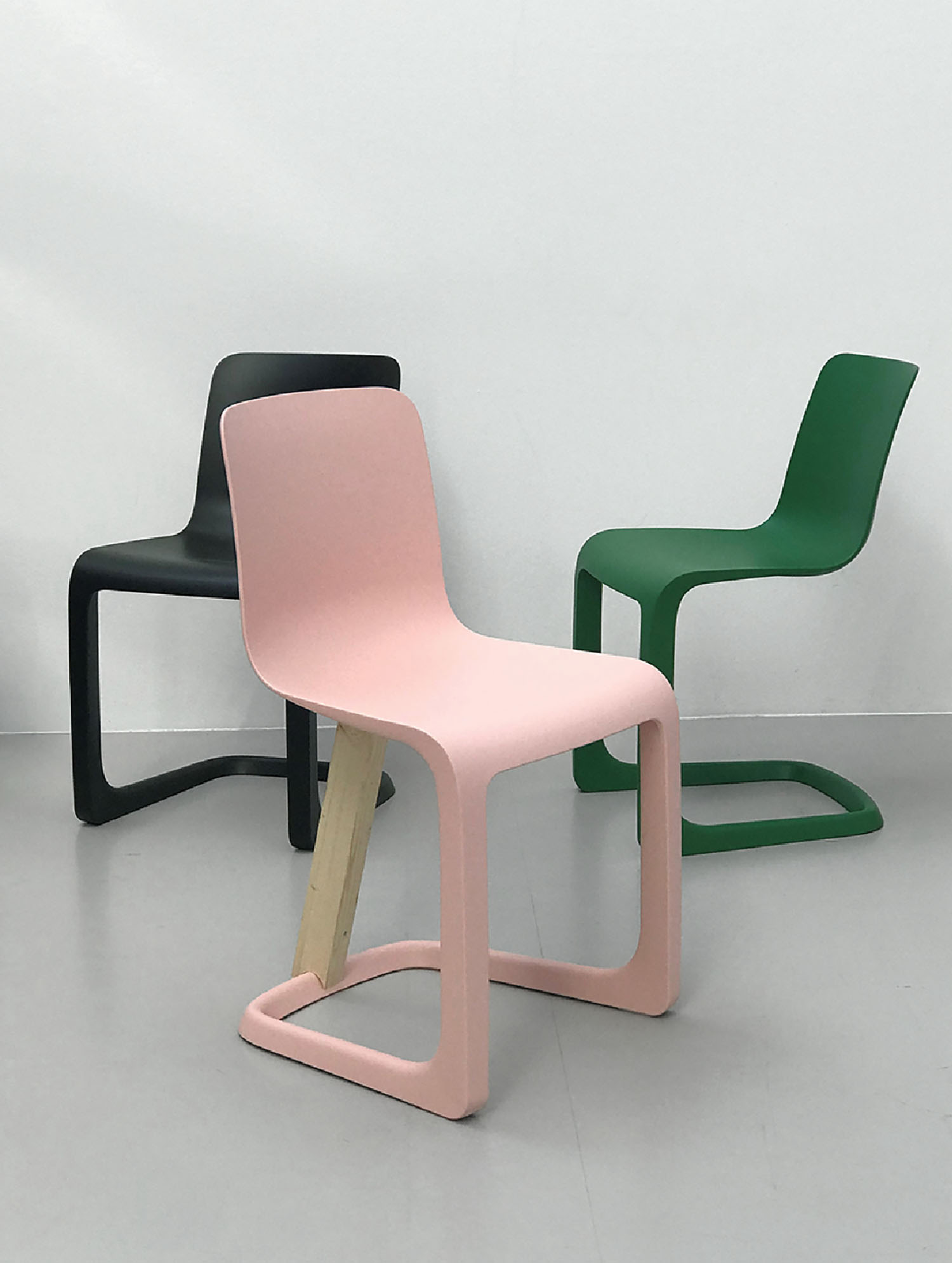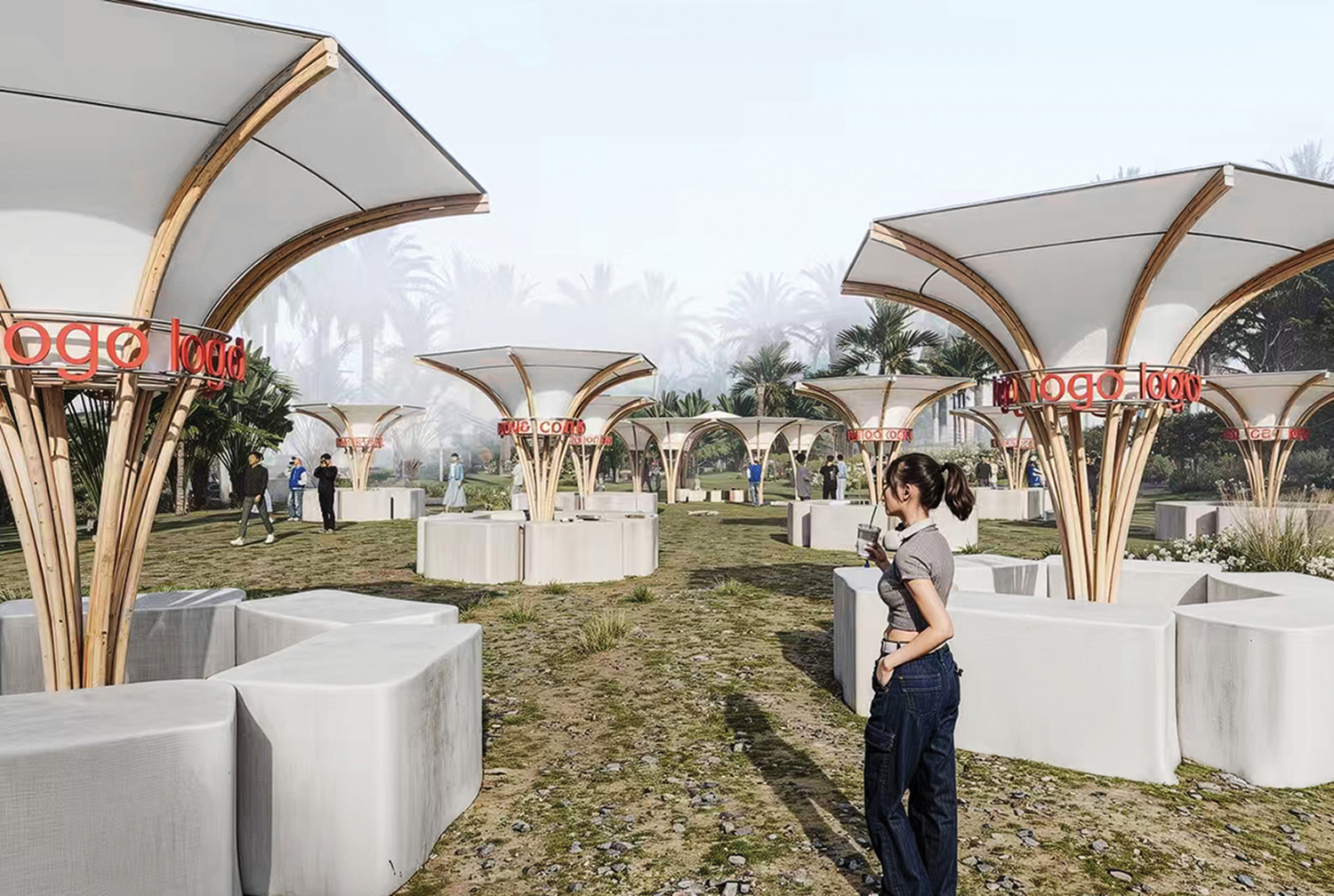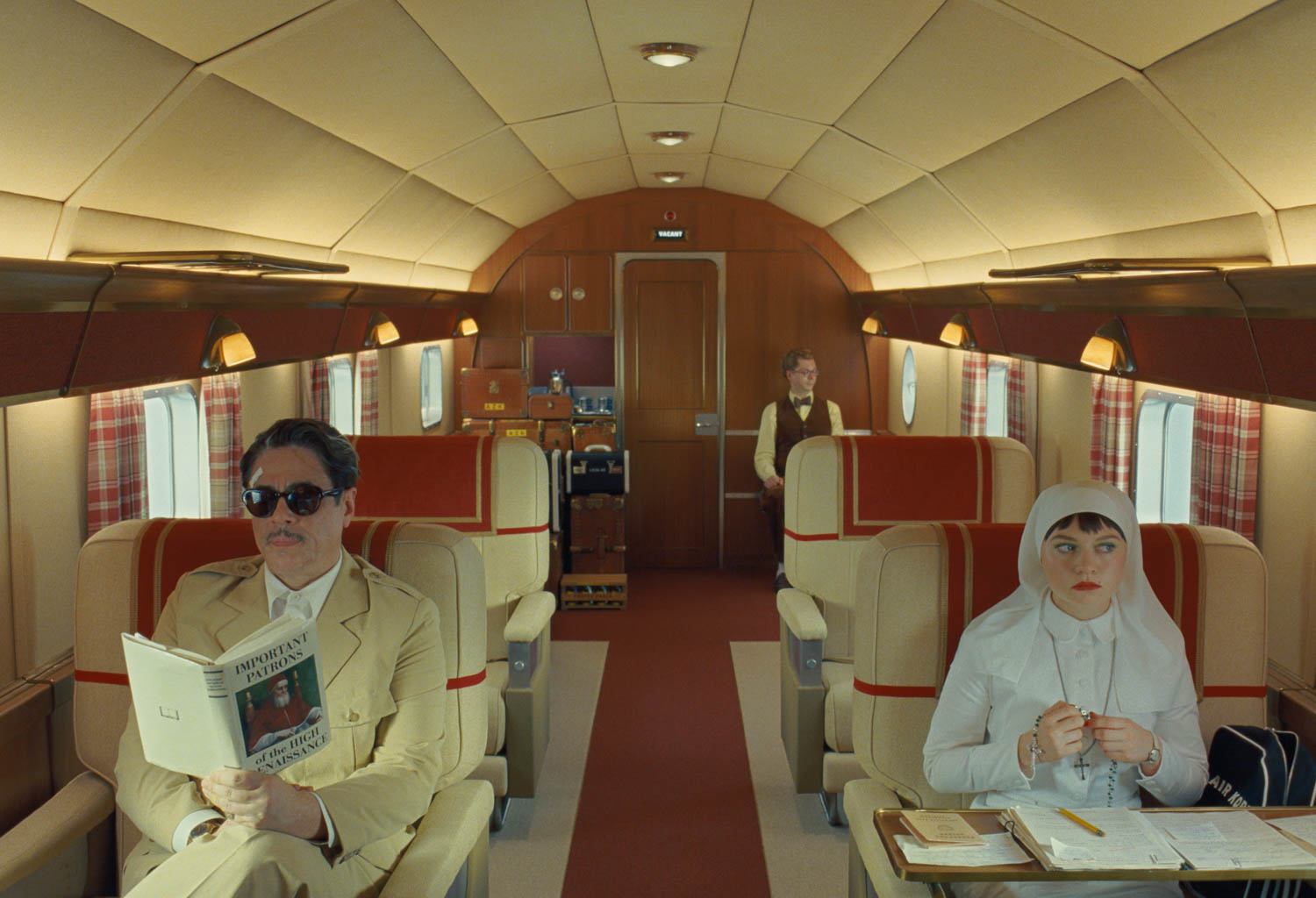Akira Minagawa’s Japanese-Nordic Style Spans Fashion to Fabrics
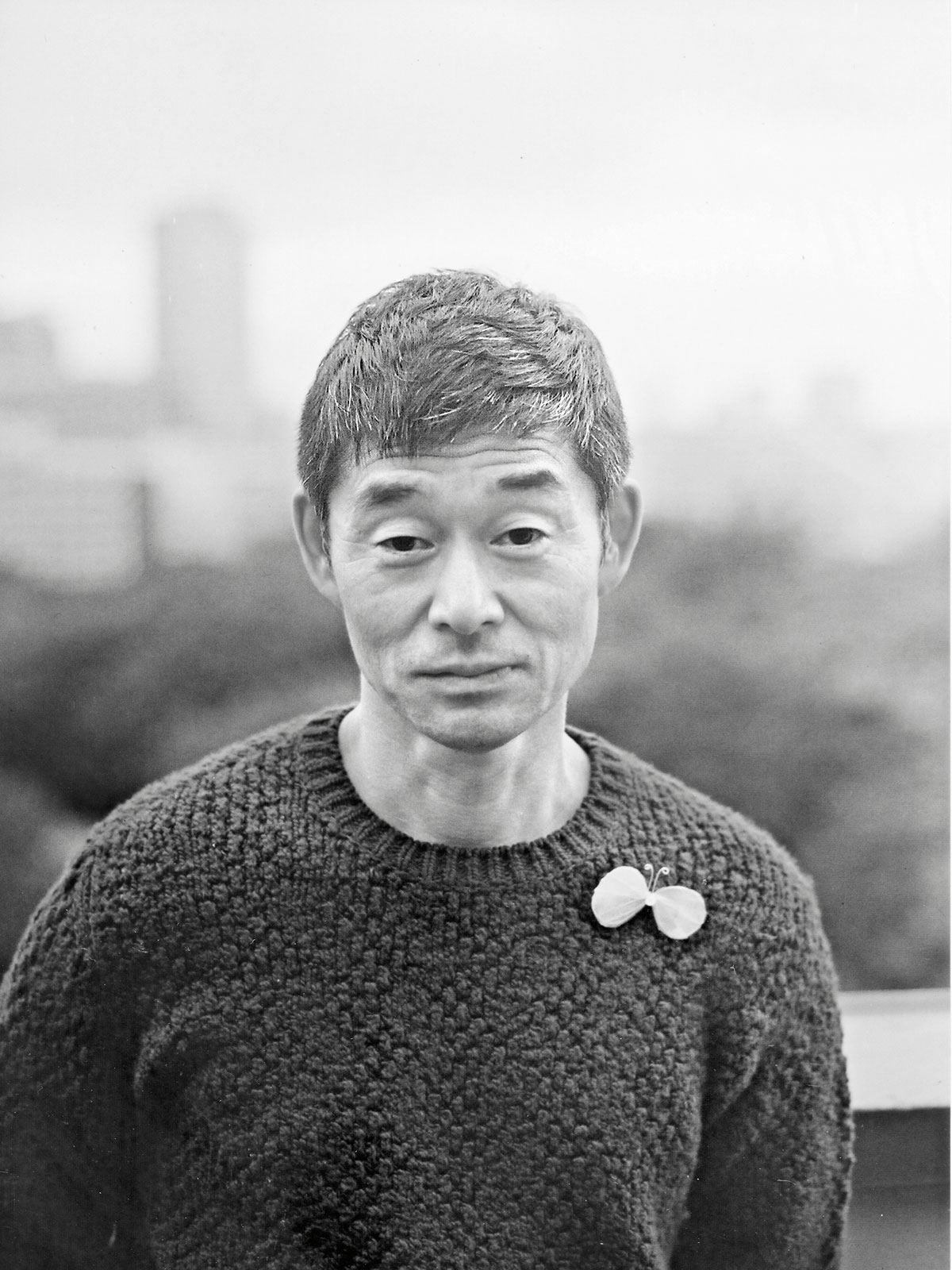 Talk about a mash-up. Of Japanese and Nordic cultures, for starters. And of fashion with fabric for furnishings, plus furniture and tabletop. The one constant is the designer behind these diverse efforts. Akira Minagawa, who studied at Bunka Fashion College in his native Tokyo, initially launched a women’s clothing label with a Finnish name, Minä Perhonen, and later expanded to interiors-related projects.
Talk about a mash-up. Of Japanese and Nordic cultures, for starters. And of fashion with fabric for furnishings, plus furniture and tabletop. The one constant is the designer behind these diverse efforts. Akira Minagawa, who studied at Bunka Fashion College in his native Tokyo, initially launched a women’s clothing label with a Finnish name, Minä Perhonen, and later expanded to interiors-related projects.
There are a dozen Minä Perhonen shops throughout Japan, and Minagawa travels to visit them all as well as to give lectures for universities and manufacturers. Then there are trips to Paris twice a year for the ready-to-wear shows, to Italy to develop porcelain patterns for Richard Ginori, and to Scandinavia for meetings with Artek, Fritz Hansen, and PP Møbler, which hire him as a collaborator, and Kvadrat, which manufactures his textiles. His latest installation for Kvadrat did some traveling of its own, from an appearance during last year’s Salone Internazionale del Mobile in Milan to the San Francisco showroom of Maharam, which reps Kvadrat in the U.S.

ID: Fashion or fabric, which came first?
AM: With Minä Perhonen, I started designing clothes made with textiles I designed. So both came first.
ID: How did you segue into fabric for furnishings?
AM: Since I had designed textiles for making our clothes, it was natural to collaborate on textiles for Kvadrat. That was a decade ago.
ID: What were the first designs like?
AM: I contributed three. An embroidery pattern that is still sold, an ikat-dyed woven textile, and an oversize floral curtain fabric.
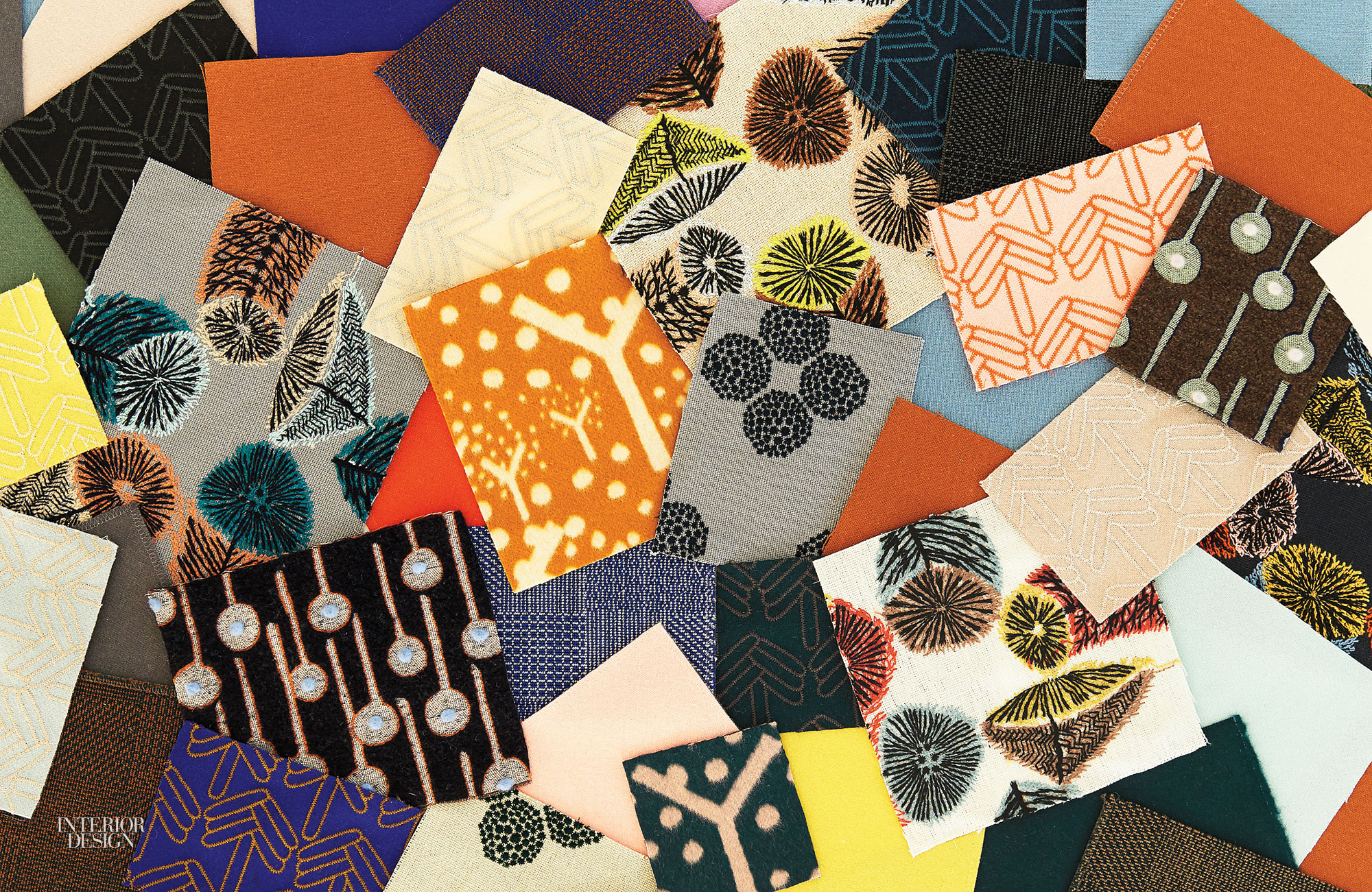
ID: Tell us about designing fabrics for fashion versus furnishings.
AM: A major difference is the role of motion. Clothes move as the body does, in a way that’s shaped by the unique character of the fabric, while furnishings fabrics are positioned in space as a visual accent. However, many of our fabrics are used for both fashion and furnishings.
ID: How did the Finnish connection come about?
AM: When I visited Finland for the first time, I was 19, and I felt immediate sympathy with the way of life and the aesthetic. Finland and Japan both have cultures of design and craft, deeply rooted in daily existence.
ID: And the Marimekko influence?
AM: For over 30 years, Marimekko’s design team included Fujiwo Ishimoto, and the fact that a Japanese man could work for a leading textile label in Finland is proof of the common culture. You could say Marimekko is a distant relative of Minä Perhonen.

ID: What does Minä Perhonen mean, by the way?
AM: In Finnish, minä is I, and perhonen is butterfly. So each customer is meant to feel a personal connection with the clothing, pieces that are beautiful like butterfly wings.
ID: Could you describe your design process?
AM: I do not research beforehand. I do not collect data or make mood boards. Inspiration comes from the merged chaos of memories and imagery from my daily life.
ID: Tell us about your Kvadrat installation in Milan and San Francisco.
AM: It was called Forest Comes Home, and the key concept was to use woven fabrics and embroidery to express what exists in nature. I took the word forest and split it in two as for rest, where nature and healing merge. So we created a forest of fabric-covered objects, standing on the floor and suspended from the ceiling.
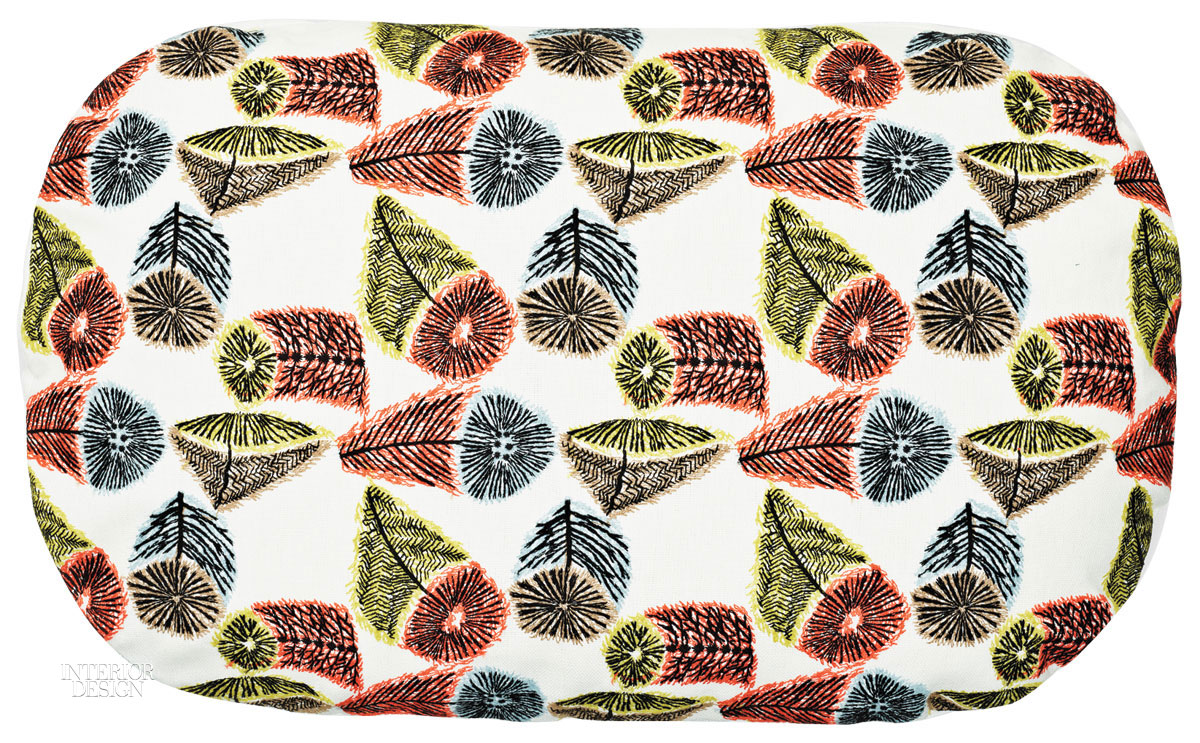
ID: How do you amuse yourself while on business trips?
AM: By walking and meeting new people and shopping for vintage items.
ID: What’s next?
AM: We just opened two more boutiques in Japan, one selling fashion, fabric, furniture, and food. Fashion design coexists with interior design in our lives, and people will become more aware of this. We hope to expand to architecture.
